When embarking on any soldering project, one crucial aspect that often gets overlooked is air quality. Soldering emits smoke and fumes that can be harmful when inhaled, making a fume extractor an essential part of any budding or professional electronics technician's toolkit. In this article, we delve into the mechanics, benefits, and the DIY approach to creating a robust fan-powered solder fume extractor that will transform your soldering station into a safe and efficient workspace.
### Understanding the Need for a Solder Fume Extractor
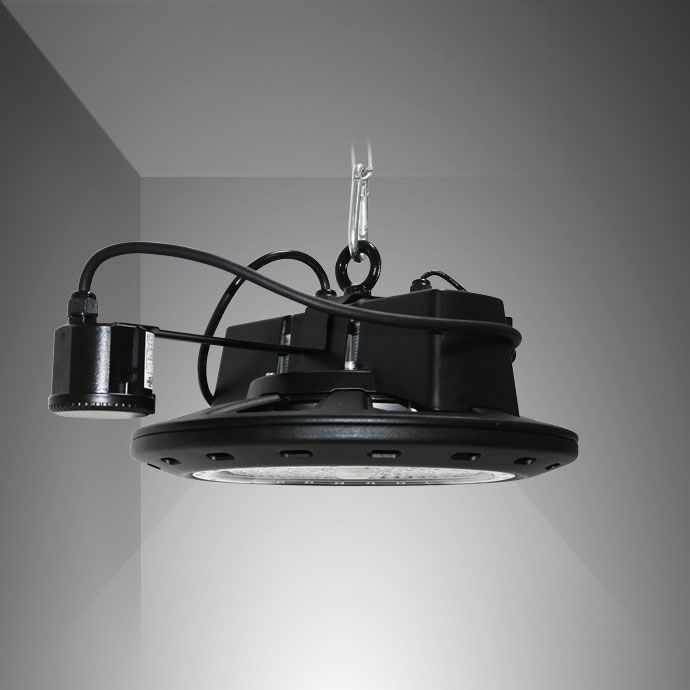
The primary reason for using a solder fume extractor is health. Soldering, particularly when using lead-based solder and flux, generates fumes that can contain rosin acids, lead, and other hazardous substances. Long-term exposure can lead to respiratory issues, skin irritation, and other health problems. Ensuring that you have a proper ventilation system in place can significantly reduce these risks, creating a safer environment for you to work in.
Moreover, fume extraction aids in maintaining a cleaner workspace. The particles that settle during soldering can adversely affect electronic components over time, potentially leading to corrosion or electrical failure. By filtering out these particles before they settle, you prolong the life and reliability of both your tools and your projects.
### Components of the 6.7 Fan-Powered Solder Fume Extractor
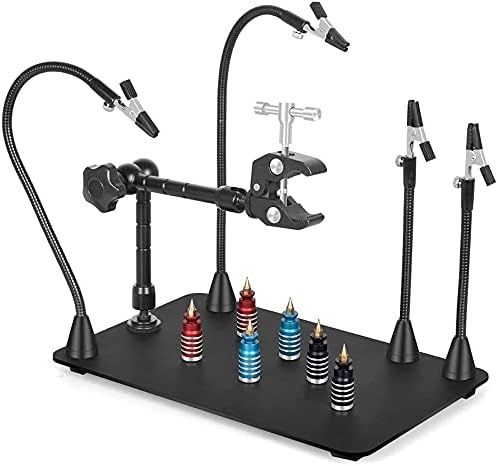
Our DIY solder fume extractor revolves around the 6.7-inch fan—a component selected for its balance of power and compactness. Here’s a brief look at what's needed for this project:
1. **6.7-Inch Fan**: This size is ideal for efficiently capturing fumes without taking up too much space on your bench. Look for a fan with a good airflow rating, typically measured in cubic feet per minute (CFM).
2. **Activated Carbon Filter**: This element is crucial for filtering out harmful gases and odors. Activated carbon's porous nature makes it an excellent material for capturing chemical substances.
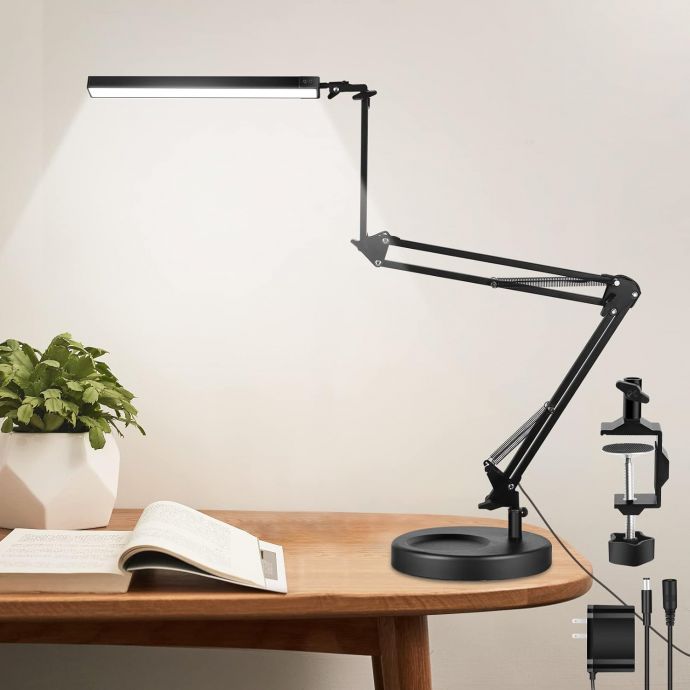
3. **Fan Housing/Enclosure**: A sturdy and heat-resistant material is recommended to safely accommodate the fan and filter. Metal or high-temperature plastic are good choices.
4. **Power Supply**: The fan will require a power source, generally a simple plug-in adapter or power supply that matches the fan’s voltage requirements.
5. **Switch and Wiring**: Simple electrical components to control the fan’s power. Optionally, a speed controller can be added for variable airflow.
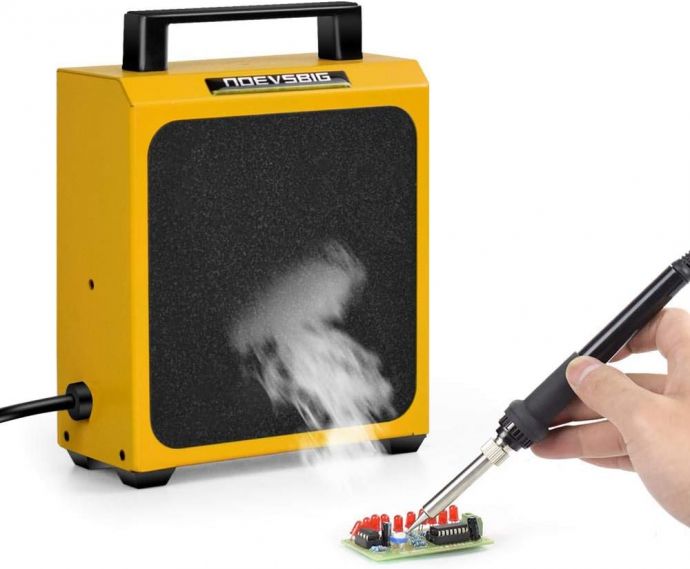
6. **Mounting Hardware**: Screws, brackets, or adhesive to secure the unit in place on your workbench.
### Step-by-Step Guide to Building Your Extractor
#### Step 1: Preparing the Components

Start by acquiring all necessary parts. Ensure your fan is in good working condition, and that the filter fits snugly within the housing unit. Gather your tools, including a screwdriver, soldering iron (for connections), wire cutters, and optionally a multimeter to check electrical connections.
#### Step 2: Assembling the Fan and Housing
First, mount the fan into its housing. Drill holes if necessary to properly align and secure the fan within the enclosure. Remember, the design should be such that the fumes are drawn directly through the filter; hence, place the fan to create a clear path for airflow.
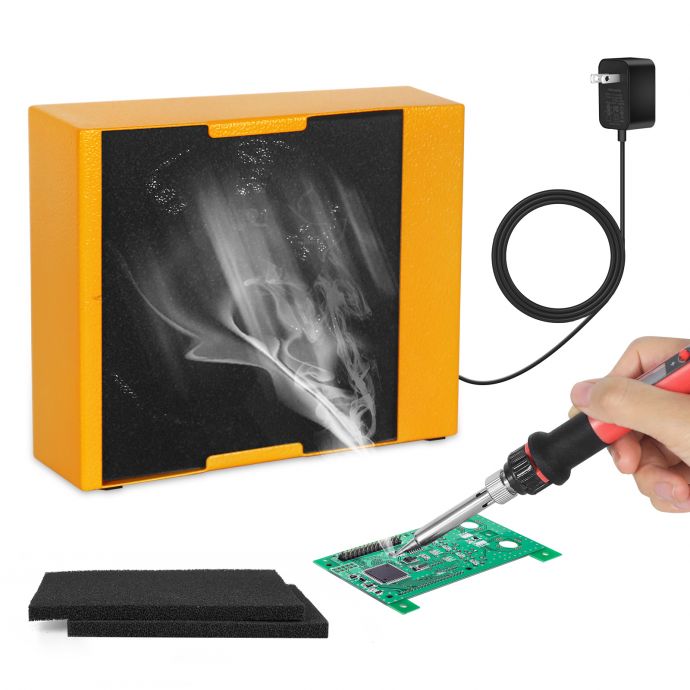
#### Step 3: Installing the Activated Carbon Filter
Install the carbon filter in front of the fan such that all airflow passes through it before being expelled out of the fan. Depending on the type of filter, it may need to be securely fitted to prevent any gaps where unfiltered air might pass through.
#### Step 4: Wiring and Powering the Fan

Connect wires from the fan to your power supply. Ensure all connections are secure and insulated to prevent any short-circuiting. If you're incorporating a switch or speed controller, connect these in series with the fan. Test the connections using a multimeter to ensure everything is set up correctly.
#### Step 5: Secure the Setup
Once the wiring is complete, securely mount your fume extractor to your workbench. Use appropriate mounting hardware to ensure stability. Consider positioning it such that it can be easily adjusted to hover over your work area while not obstructing your workspace.
### Testing and Maintenance
After assembling your fume extractor, perform a test run to ensure it’s working properly. Check for any irregular noises or vibrations that might suggest loose parts or inefficient functioning. Place the system over a small soldering task to evaluate its ability to capture fumes.
Regular maintenance will ensure longevity and efficiency. Replace the activated carbon filter periodically—typically every six months, or more frequently if used heavily. Clean the fan blades and housing to prevent dust and other debris from hindering performance.
### The Benefits of a DIY Approach
Building your own solder fume extractor not only saves money but also provides a level of customization that’s hard to find in commercial products. You can tailor the fan speed, filter type, and mounting method to suit your specific needs and workspace constraints. Plus, the process of building this essential tool enhances your understanding of airflow dynamics and basic electronics—a knowledge base useful for a myriad of other DIY projects.
Furthermore, a self-constructed fume extractor gives a sense of satisfaction and ownership that’s hard to match. It’s a testament to your resourcefulness and commitment to safety and efficiency in your craft.
### Conclusion
A fan-powered solder fume extractor is an indispensable tool in any soldering setup. Through the steps outlined, you can create a cost-effective and efficient solution that not only secures your health but improves the quality and professionalism of your workspace. The process of building your own extractor is both educational and rewarding, providing invaluable insights and enhancing your DIY prowess. By investing time and effort into creating such vital equipment, you’re not only safeguarding your health but also ensuring a sustainable, efficient, and enjoyable soldering experience.









